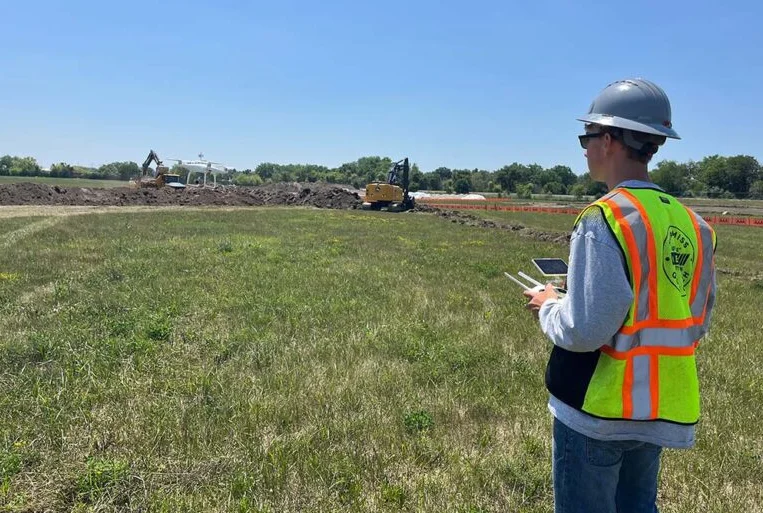When purchasing or developing a property, it’s crucial to ensure that environmental concerns won’t jeopardize your investment. A Phase 1 Environmental Site Assessment Oakland is a fundamental process designed to identify potential environmental risks associated with a property. This article explores the purpose, components, and significance of Phase 1 ESAs in real estate and business transactions.
What is a Phase 1 Environmental Site Assessment?
A Phase 1 ESA is an investigative study that evaluates a property’s history and current conditions to identify potential environmental contamination. The assessment is typically conducted before buying or developing a site and is often a requirement for lenders or investors to mitigate environmental liability.
Phase 1 ESAs follow the standards outlined by the American Society for Testing and Materials (ASTM) E1527-21 and meet the “All Appropriate Inquiries” (AAI) rule set by the U.S. Environmental Protection Agency (EPA).
Key Objectives of a Phase 1 ESA
-
Identify Recognized Environmental Conditions (RECs):
RECs refer to the presence or likely presence of hazardous substances or petroleum products on the property. -
Assess Historical Property Use:
The study examines previous uses of the property and surrounding areas to determine any activities that may have caused contamination. -
Support Decision-Making:
Results from the ESA help buyers, sellers, and lenders make informed decisions regarding liability and future property use.
Components of a Phase 1 ESA
A comprehensive Phase 1 ESA includes:
1. Records Review
- Historical aerial photographs, topographic maps, and city directories.
- Environmental databases for spills, leaks, or violations.
- Chain-of-title documents to trace past ownership and land use.
2. Site Visit
- Visual inspection of the property and surrounding areas.
- Identification of potential hazards such as underground storage tanks, waste dumps, or stained soil.
3. Interviews
- Discussions with current and past property owners, neighbors, and local authorities.
- Information about past activities, spills, or known contamination.
4. Report Preparation
- A detailed report summarizing findings, conclusions, and recommendations.
- Identifies whether a Phase 2 ESA (involving soil and water testing) is necessary.
When is a Phase 1 ESA Required?
A Phase 1 ESA is essential in the following scenarios:
- Commercial Property Transactions: Before purchasing, selling, or refinancing.
- Development Projects: To identify and address environmental risks before construction.
- Regulatory Compliance: To meet lender, investor, or governmental requirements.
Benefits of Conducting a Phase 1 ESA
- Risk Mitigation: Identifies environmental liabilities early, saving time and money.
- Regulatory Compliance: Helps meet environmental laws and standards.
- Informed Decisions: Provides critical information for property valuation and negotiations.
- Legal Protection: Offers liability protection under the EPA’s AAI rule.
What Happens After a Phase 1 ESA?
If the assessment identifies RECs, a Phase 2 ESA may be necessary. This involves sampling and laboratory analysis to confirm contamination and determine its extent. Based on the findings, further remediation steps might be required.
Conclusion
A Phase 1 Environmental Site Assessment is a vital step in property due diligence, helping stakeholders make informed decisions while minimizing financial and legal risks. Whether you’re a buyer, developer, or lender, investing in a thorough ESA ensures your property transaction is built on a foundation of environmental integrity.







